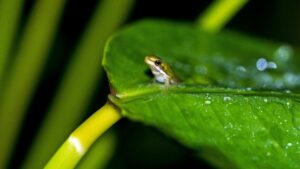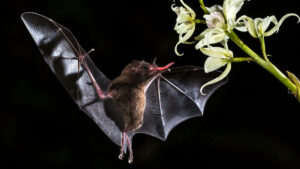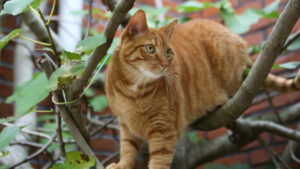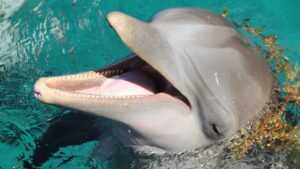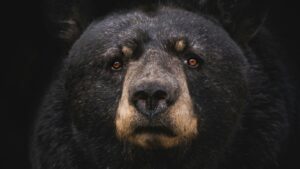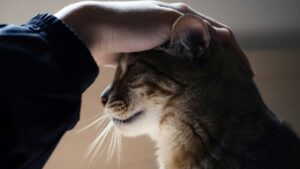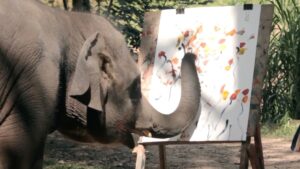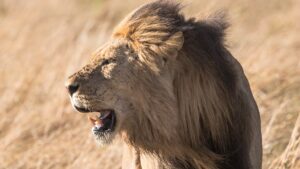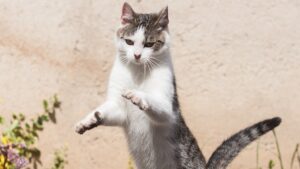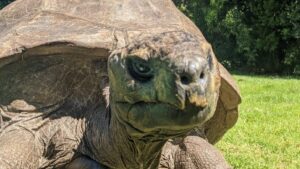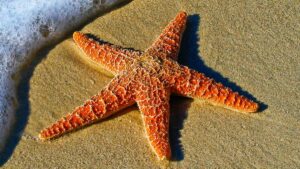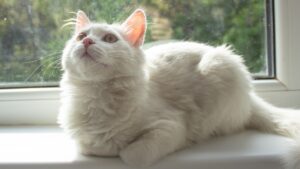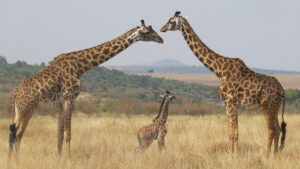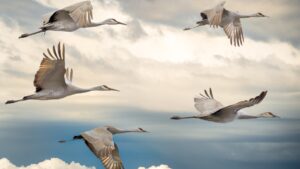Sloths, as their names imply, are not in a rush to go anywhere. The adorable furry mammals dwell in the treetops of tropical forests in South and Central America, going about their day at a glacial pace. But why do sloths move so slowly? It’s not because they’re lazy.
The slowness of sloths is an adaptation to their diet and slow metabolic rate
The primary reason why sloths are so slow is that it’s an adaptation to their low-calorie diet and slow metabolic rate. They predominantly have a folivorous diet, feeding mostly on leaves.
Also, with their large, four-chambered stomach, sloths digest their food very slowly. While the precise rate of digestion is unknown, researchers estimate it can take anywhere from 157 hours to an astounding 1,200 hours (50 days) from the time a sloth eats a leaf to when it excretes it out the other end. Imagine going for 50 days before having a bowel movement for something you ate!
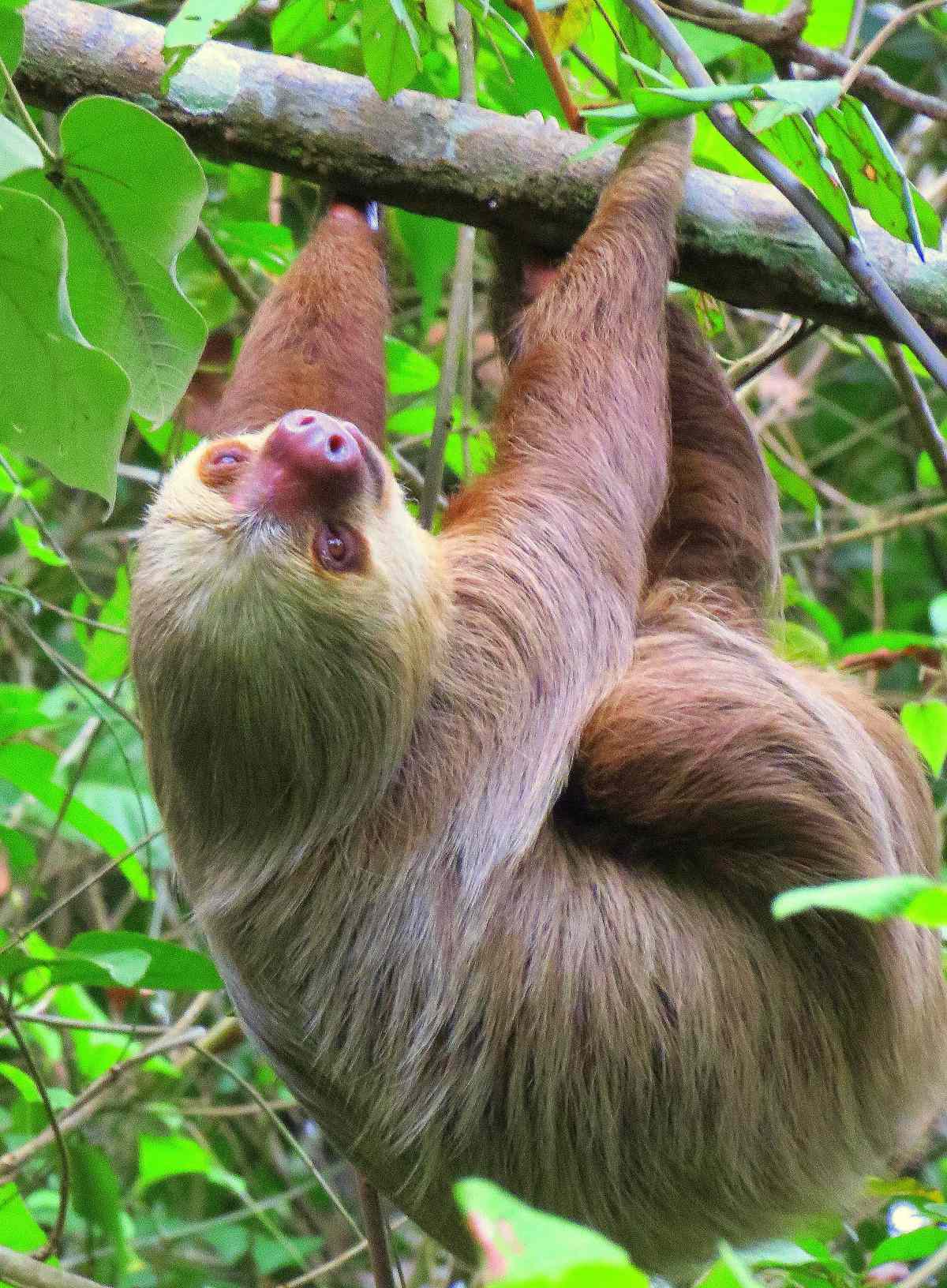
With their slow rate of digestion, sloths don’t eat much food, for their four-chambered stomach is constantly full, per the Sloth Conservation Foundation. The food in their digestive system can account for up to 37% of their body weight. With so much of their energy going into digestion, there isn’t much available for other activities, so sloths adapt by moving slowly.
And to survive on such a low-calorie diet, sloths have one of the lowest metabolic rates for mammals. Everything they do is geared toward saving energy. Even their body temperature is low — thermoregulated to as low as 50°F. A higher temperature expends more energy. And for speed, if sloths moved at a faster pace, they wouldn’t survive, for their slow metabolism wouldn’t be able to support it.
Low muscle mass
An additional element of conserving energy is the low muscle mass of the sloths. They sacrifice their muscle tissue to minimize energy expenditure. Plus, while sloths might appear to be large, much of this size is from their very thick fur, which also likely helps with temperature regulation. Underneath this thick layer of fluffiness, these mammals are skinny.
Furthermore, while the low muscle mass prevents sloths from going fast, it’s arranged to make them resistant to fatigue, while providing a surprising amount of strength.
Sloths are also slow due to their poor eyesight
Another reason why sloths are so slow is they have poor eyesight. They are colorblind. Also, they can only see a little in dim light. In broad daylight, sloths are completely blind.
These unique sight conditions date back millions of years on the evolutionary tree when sloths were originally ground dwellers — and much larger — as shown by the giant ground sloth. They were already mostly blind during this time, so moving into the trees presented a dangerous proposition. For an animal with poor eyesight, moving slowly at risky heights is safer and helps ensure its survival.
Good at hiding from predators
With their slow movement and poor eyesight, sloths can’t run away from predators. Their main predators are big cats such as jaguars and ocelots, as well as large birds (harpy eagles), which rely on sight to pursue their prey. In avoiding predation, sloths use their slow movement as an advantage. They go slowly so that predators aren’t able to identify them as prey.
Sloths further their stealthiness by using camouflage. The color and texture of their fur resemble their natural surroundings, making them more difficult to detect.
Despite their name, sloths aren’t lazy. They move slowly because it helps them survive. With their low-calorie diet, slow metabolism, low muscle mass, poor eyesight, and hiding from predators, going slow is advantageous.
RELATED: Fast Man Beat a Horse in a Race
Header image: Javier Mazzeo via Unsplash
I’m Mark Putzer, and my passion for animals and all things nature is a life-long love affair. Growing up in Wisconsin, I had many cherished memories of hiking, skiing, and enjoying the abundant wildlife in the Badger State.
My passion for animals led me to marine biology research for my studies at the University of Wisconsin. I researched the behavior and communication of humpback whales around Hawaii and Orca Whales around the San Juan Islands of Washington State. The experience of being close to these massive and magnificent creatures is amazing. Later, I taught outdoor education to children in California — passing along my knowledge of animals and nature to the curious minds of the next generation. I also love pets. This includes a Labrador Retriever dog named “Molly” when I was a kid — and now, an adventurous tabby cat named “Rosy.”
I’m here to share the wonders of the animal kingdom with you. Whether it’s a cherished pet at home or an animal out in the wild, there are many unique stories and interesting information to share on Weird Animal News! Enjoy!

